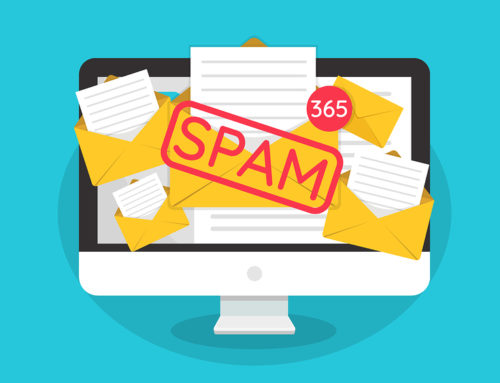 |
It seems like every nonprofit I’ve talked to in the last few months is either dropping their print newsletter entirely or carefully considering ways to cut back on the expense of publishing it (e.g. publishing fewer pages or printing fewer copies).
If you are considering moving from print to email, I recommend starting from scratch with your editorial calendar, because much of what you considered appropriate for a print newsletter simply won’t work in email. Here are a few examples:
Letter from the Director. Honestly, these are often ghastly in print because they are typically full of jargon and behind-the-scenes minutiae, all of which is exactly opposite of what works in email. If the director really loves writing that letter, then it’s time to give him or her a blog. Your email newsletter, on the other hand, should be focused primarily on the readers and what they care about and how they can connect to you and your cause. Very brief letters can work, but they must laser-focused on the reader — the letter is simply a format for content you want to share, not an open invitation for the director to ramble.
Calendar of Events. If you have a full page calendar with all the boxes for each day of the week, you can put that online (try Google Calendar, for example), but you shouldn’t try to email the whole calendar. Instead, highlight a few upcoming events and include a link to the full calendar.
Boring Photos. Group photos of your board, “big check” photos, and the like often make it into print newsletters, but waste precious space in email. Photos in email newsletters should be mission-oriented.
Masthead. This is where, in a print newsletter, you’ll often find complete contact information for the group, the list of the board of directors, the staff who work on the newsletter, and the mission statement. While you should include your contact information in your e-newsletter (CAN-SPAM rules require you to include your mailing address), leave the board and staff lists and the rest on your website. You can link to if need be.
Long Articles. Articles in email are much shorter than those in print. Shoot for no more than 500 words. If you need to go longer, include an excerpt in the email and have readers click over to your website to read the full article.
Big Display Ads. The majority of your email should be text, not images. That means those big full-page ads (or even half-page ads) that you include in your print newsletter, advertising everything from your own events to your sponsor’s products and services, need to go. You can create smaller button ads, or even better, turn that advertising into real content of interest to your readers — make what you are promoting relevant to them and to your cause.
Complicated Charts and Graphics. Email newsletters look different depending on which email program you are using to view them, making including charts and tables a crap shoot. Instead, save those items as a single graphic file (e.g. gif) and insert them into your newsletter that way. Remember, they need to be smaller because you are working with less space, so make your graphics as simple as possible.
Want more? Read “Moving Your Print Newsletter to Email – 7 Tips“






